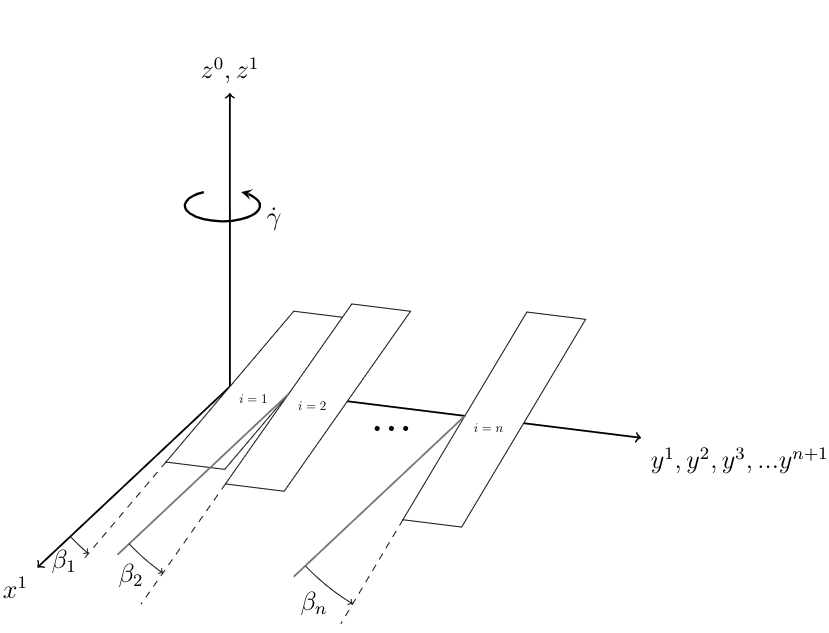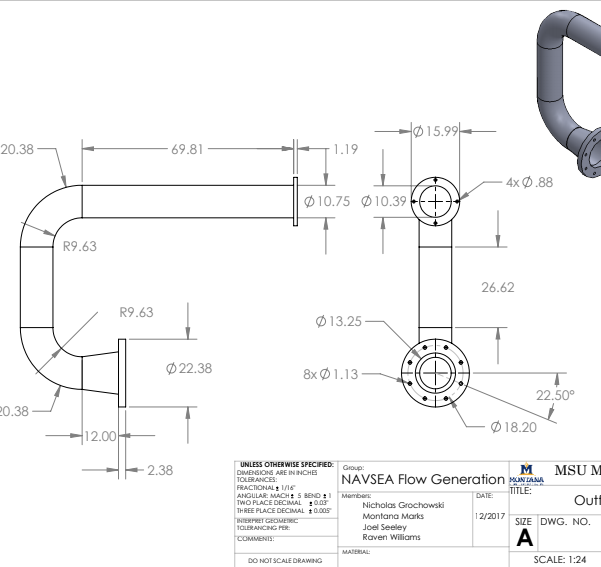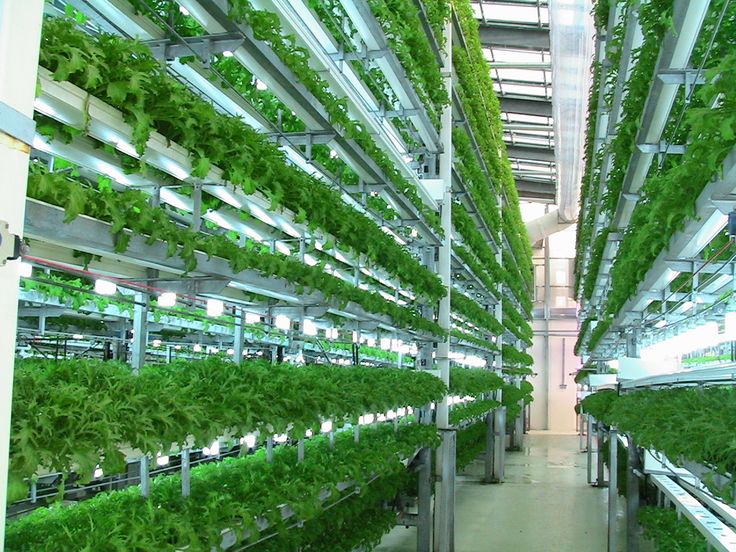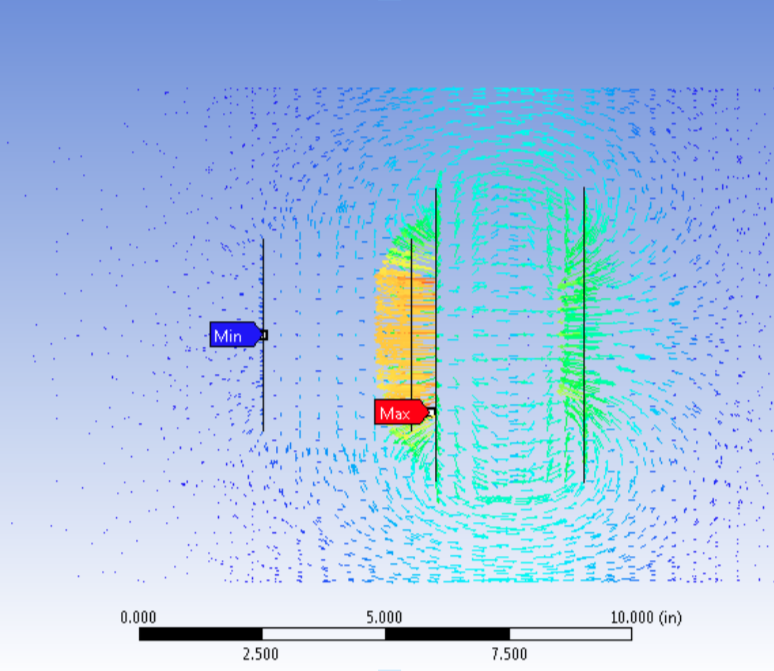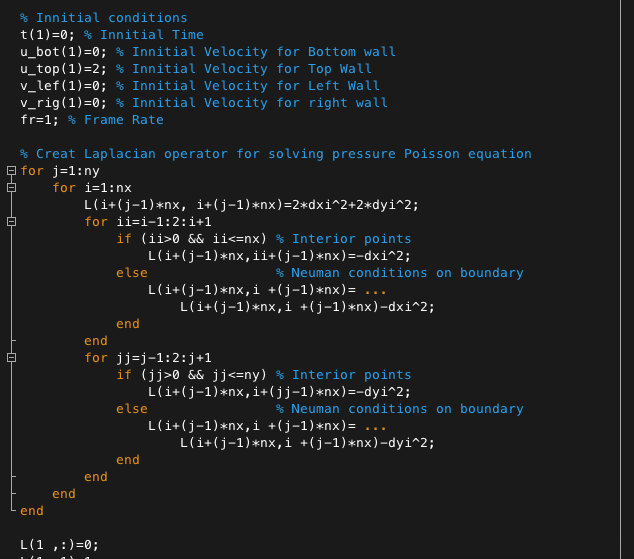Masters Thesis
This research develops low-order modeling techniques that can be leveraged by UAV rotor designers. Here, a reduced-order FSI model of a small-scale UAV rotor blade is developed using Lagrangian mechanics paired with a blade element model. The rotor blade is discretized into rectangular elements along the span. Each blade element is constrained to uni-axial rotation about the span-wise axis and is treated as a torsional stiffness element. The quasi-static equilibrium state of the structure due to aerodynamic forces at user-defined operational conditions is then determined.
